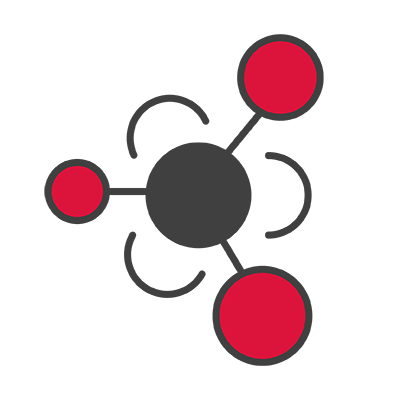CASE STUDY:
PROCUREMENT OPTIMISATION AND CATEGORY COST-SAVING
01 | The starting point
Our client:
Before our intervention, they were facing:
The main goal: Optimise procurement, reduce costs, and improve transparency across various categories – all while maintaining quality standards and regulatory compliance.
02 | Impact of the problem
These significant challenges mainly lead to the following consequences and impact on our client's business:
03 | Our solution as THE FORCE
THE FORCE tailored solutions for each challenge using a structured data-driven strategy:
1. Global transport & logistics tender:
- Ran a competitive bidding process with 5 suppliers.
- Used historical shipment data to negotiate better rates.
- Achieved 30% cost savings while securing service compliance.
2. Equipment & consumables optimisation:
- Conducted global tenders with key suppliers.
- Standardised pricing agreements to reduce cost fluctuations.
- Identified 10% savings potential in supplier contracts.
3. Contractual landscape transformation:
- Mapped contractual gaps and compliance risks.
- Defined a framework for supplier reduction and selection.
4. Inventory management roadmap:
- Introducing regular demand-supply reviews for proactive stock control.
- Implementing supplier consignment stock models to free up capital.
- Targeting inventory reduction through category-specific initiatives.
Implementation steps




04 | Reults
Qualitative feedback:
The client acknowledged THE FORCE’s ability to drive tangible savings quickly and appreciated the long-term strategic procurement improvements. The collaboration also strengthened relationships between Procurement and other functions.
05 | Next steps
- Expand supplier governance frameworks to other procurement categories.
- Implement automated procurement tracking for real-time spend control.
- Further optimise logistics routes to reduce lead times.
06 | Strategies for continued success
Opportunities for ongoing improvement:
Continued partnership:
The client and THE FORCE are exploring long-term collaboration opportunities to maintain cost discipline and supply chain efficiency while supporting the client’s growth strategy.




























